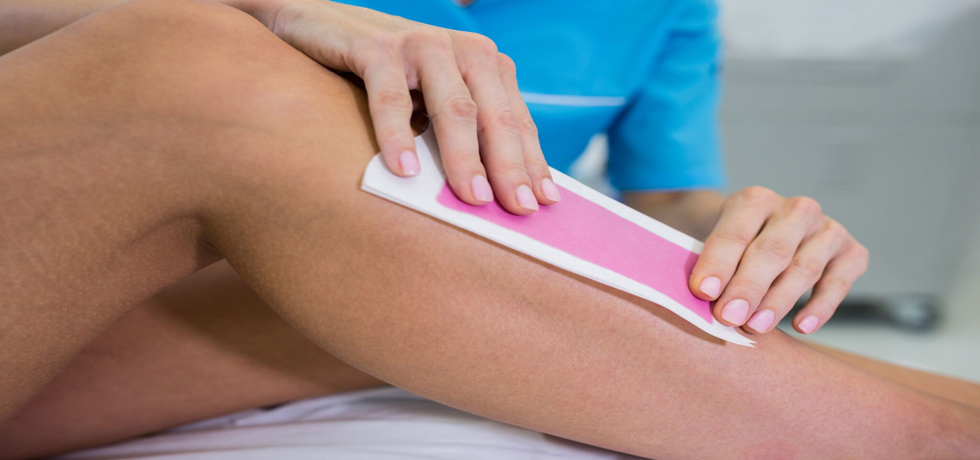
Ultimate Guide to Body Waxing: Types, Pros, and Cons
Introduction to Body Waxing
Body waxing is a popular method of hair removal that many individuals opt for, seeking smooth, hair-free skin. With various types of wax available, each offering unique benefits and drawbacks, the world of body waxing can be overwhelming, especially for beginners. This ultimate guide aims to break down the types of waxing, their pros and cons, ensuring you have all the information needed to make the best choice for your body hair removal needs!
Different Types of Waxing
There are several body waxing methodologies, and knowing them can help make your decision easier. Here are some common types:
Soft Wax
Soft wax is typically used for larger areas such as legs and arms. This type is applied in a thin layer and requires cloth or paper strips for removal. It adheres well to finer hairs but may not be suitable for sensitive skin.
Pros: Effective for thicker hair and larger areas.
Cons: Can cause irritation and requires a messy cleanup with strips.
Pros: Effective for thicker hair and larger areas.
Cons: Can cause irritation and requires a messy cleanup with strips.
Hard Wax
Hard wax is a favored choice for sensitive areas like the face and bikini region. Its applied on the skin and hardens upon cooling, allowing for easy removal without strips. It minimizes discomfort due to its grip on hair rather than skin.
Pros: Less irritation and more precise.
Cons: Requires skill for application and usually comes at a higher cost.
Pros: Less irritation and more precise.
Cons: Requires skill for application and usually comes at a higher cost.
Pre-Made Wax Strips
These strips are pre-coated and ready to use, perfect for on-the-go hair removal. However, they might not be the most effective option for larger surfaces.
Pros: Convenient for quick touch-ups.
Cons: Limited effectiveness on larger areas.
Pros: Convenient for quick touch-ups.
Cons: Limited effectiveness on larger areas.
Chocolate Wax
This luxurious option, infused with cocoa, provides nourishment to the skin while removing hair. Its particularly recommended for those with dry or sensitive skin.
Pros: Pleasant aroma and moisturizing benefits.
Cons: May leave a sticky residue post-waxing.
Pros: Pleasant aroma and moisturizing benefits.
Cons: May leave a sticky residue post-waxing.
Fruit Wax
For those seeking natural ingredients, fruit waxing, often enriched with exfoliating fruit extracts, can be an appealing option. Best for sensitive skin but may demonstrate varied efficacy.
Pros: Contains natural ingredients and is gentler.
Cons: Might not remove coarse hair effectively.
Pros: Contains natural ingredients and is gentler.
Cons: Might not remove coarse hair effectively.
Sugar Wax
Made from simple ingredients like sugar and lemon, this wax is applied at room temperature and is known for being less painful than traditional waxes.
Pros: Natural and hypoallergenic.
Cons: Requires practice for optimal results.
Pros: Natural and hypoallergenic.
Cons: Requires practice for optimal results.
Understanding the Costs of Waxing
Prices of body waxing services may vary based on the method used and the specific locations. Exploring different options can help find the ideal service that meets your waxing needs and budget.
Conclusion: Choosing the Right Waxing Method
Choosing the right type of body waxing largely depends on personal preference, skin type, and the areas you wish to wax. Understanding the pros and cons of each method ensures you make an informed decision that fits your lifestyle. Always consult with a professional to help determine which waxing technique is best suited for your skin’s needs.
FAQs about Body Waxing
1. Which wax is best for sensitive skin?
Opt for wax specially formulated for sensitive skin, typically those containing aloe vera or chamomile for reduced irritation.
2. How often should I wax?
Its generally recommended to wax every 3 to 6 weeks, allowing hair to grow long enough for effective removal.
Opt for wax specially formulated for sensitive skin, typically those containing aloe vera or chamomile for reduced irritation.
2. How often should I wax?
Its generally recommended to wax every 3 to 6 weeks, allowing hair to grow long enough for effective removal.
For professional assistance and expert advice from leading dermatologists like Dr. Hital Patel, experience the benefits of Ultimate Guide to Body Waxing: Types, Pros, and Cons with Hair & Skin Specialist Dr. Hital Patel at The Skin Artistry. Our clinics in PDPU Gandhinagar, Vastrapur Ahmedabad and Hyderabad (Visiting Consultant) offer top-quality care and personalized treatments. Visit us today to learn more about our services and take advantage of our special offers! For more insights, updates, or to collaborate, stay connected with The Skin Artistry.

